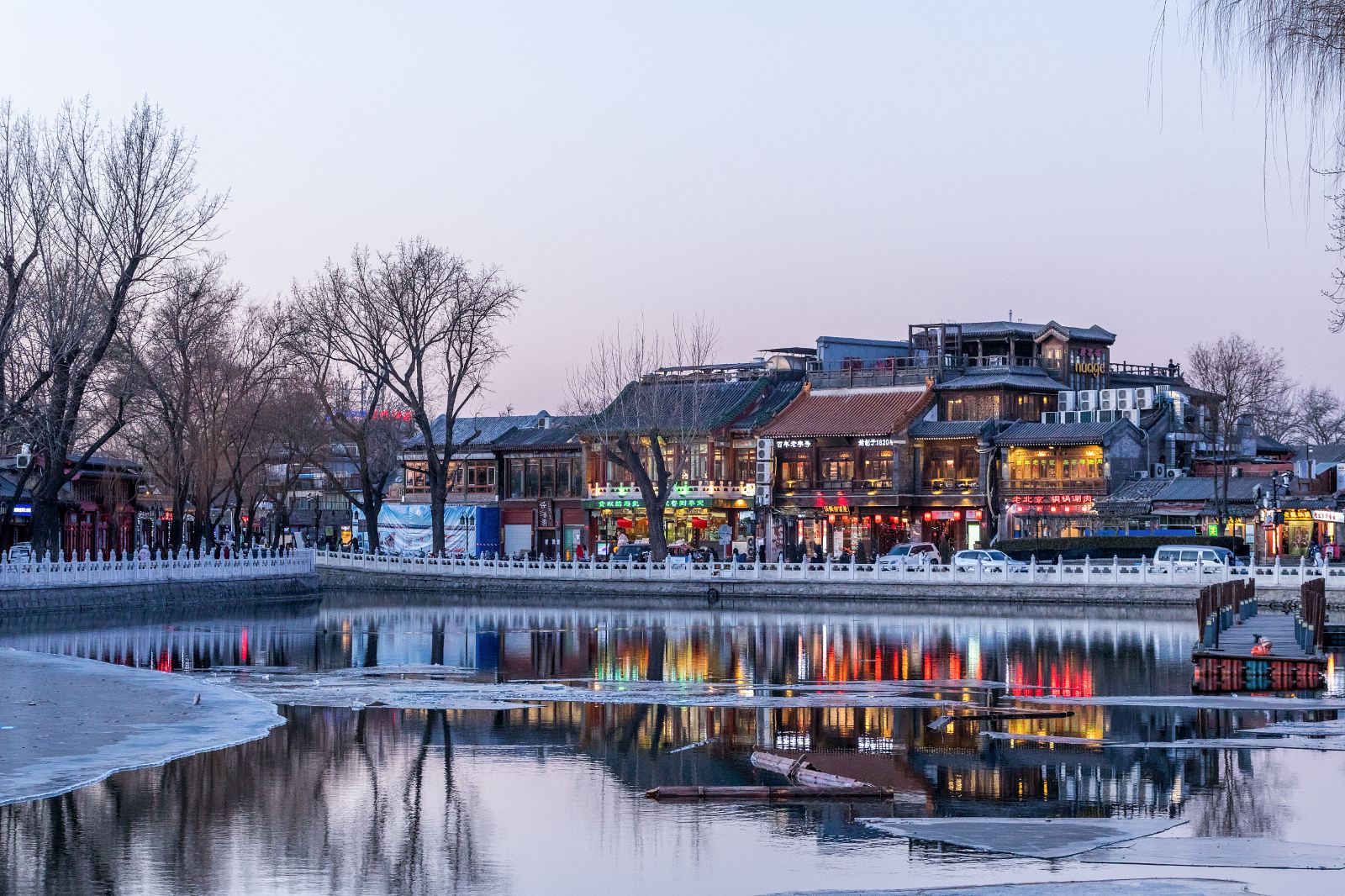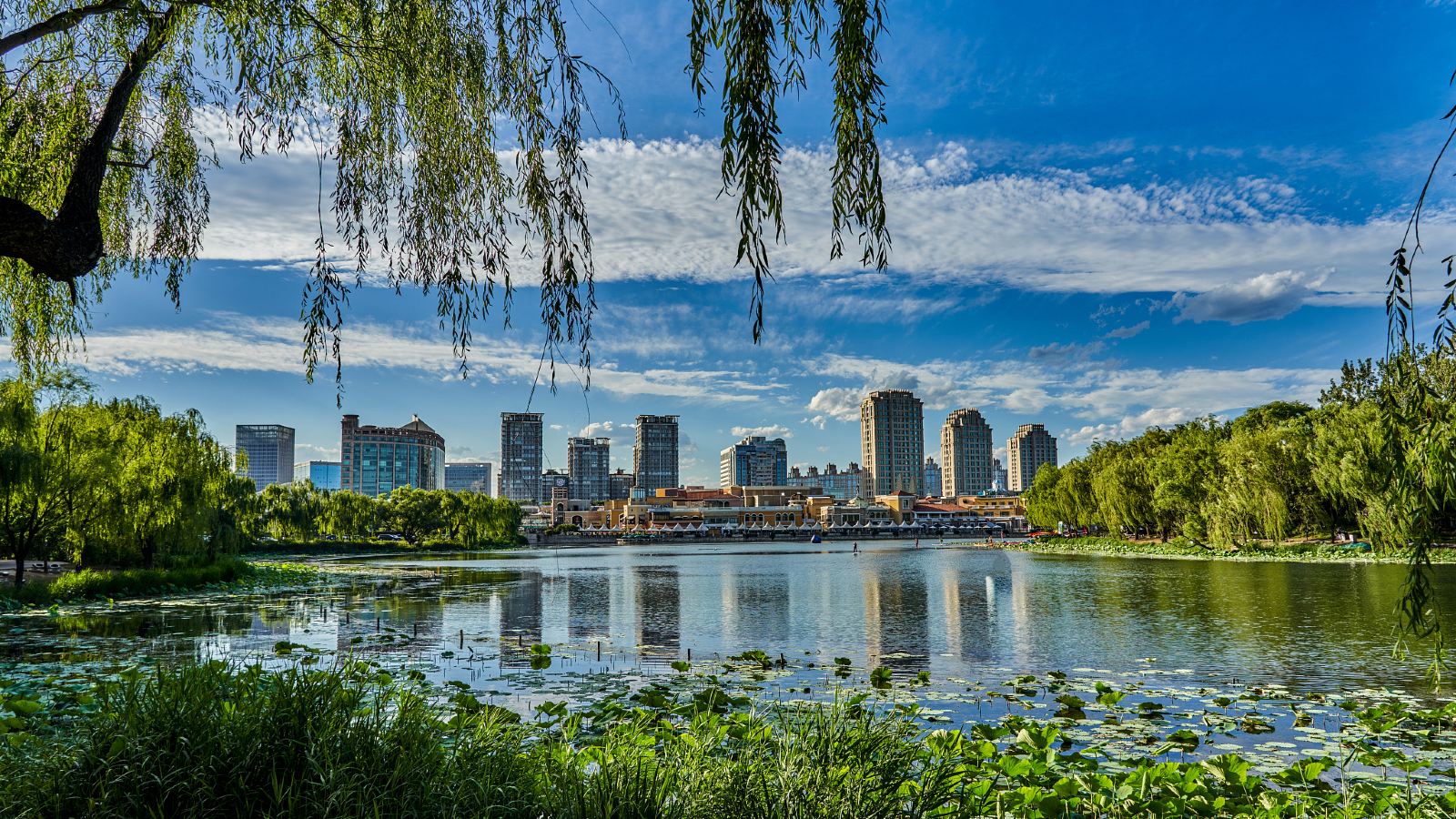China Beijing Temple of Heaven Park
- Province/Area:Beijing
- Address:No. 1, Tiantandongli Jia, Dongcheng District, Beijing
- Distance from the city center:2.5km
- Open time(Beijing time):06:30-22:00 (last admission 21:00)
- Ticket price:28 CNY
- Phone:86-13716920363
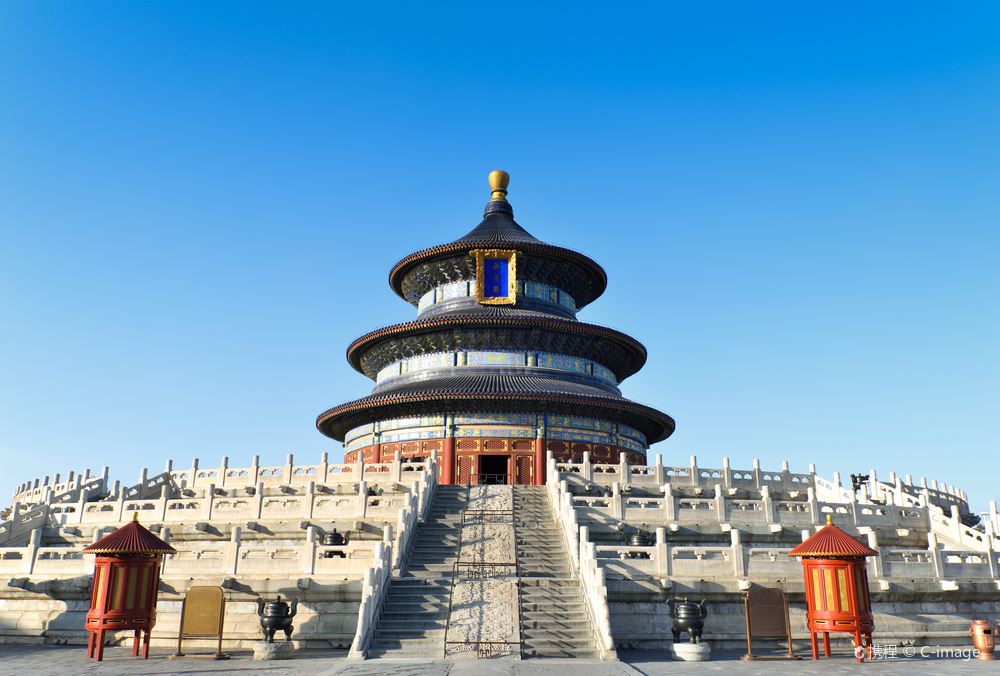
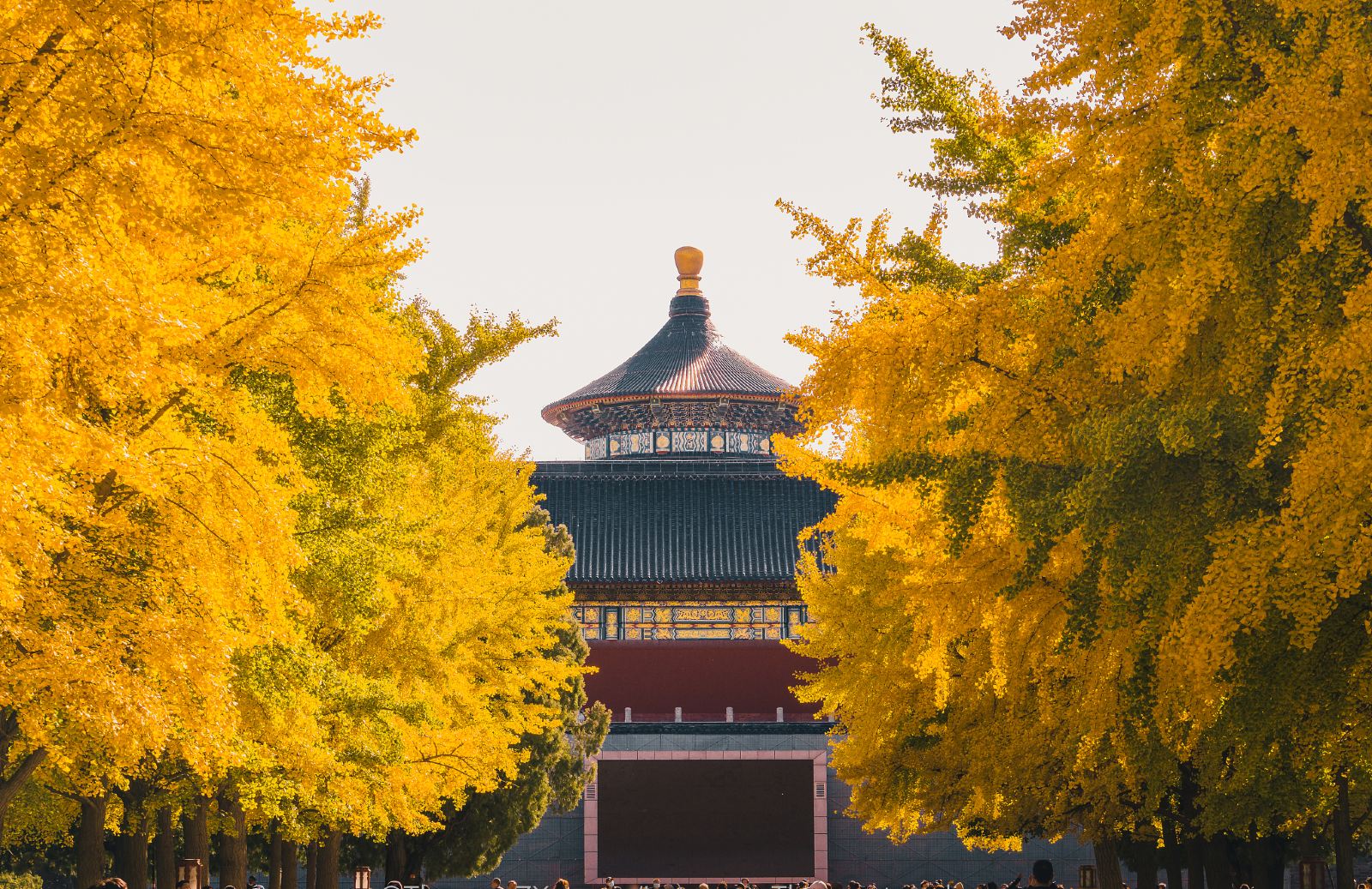
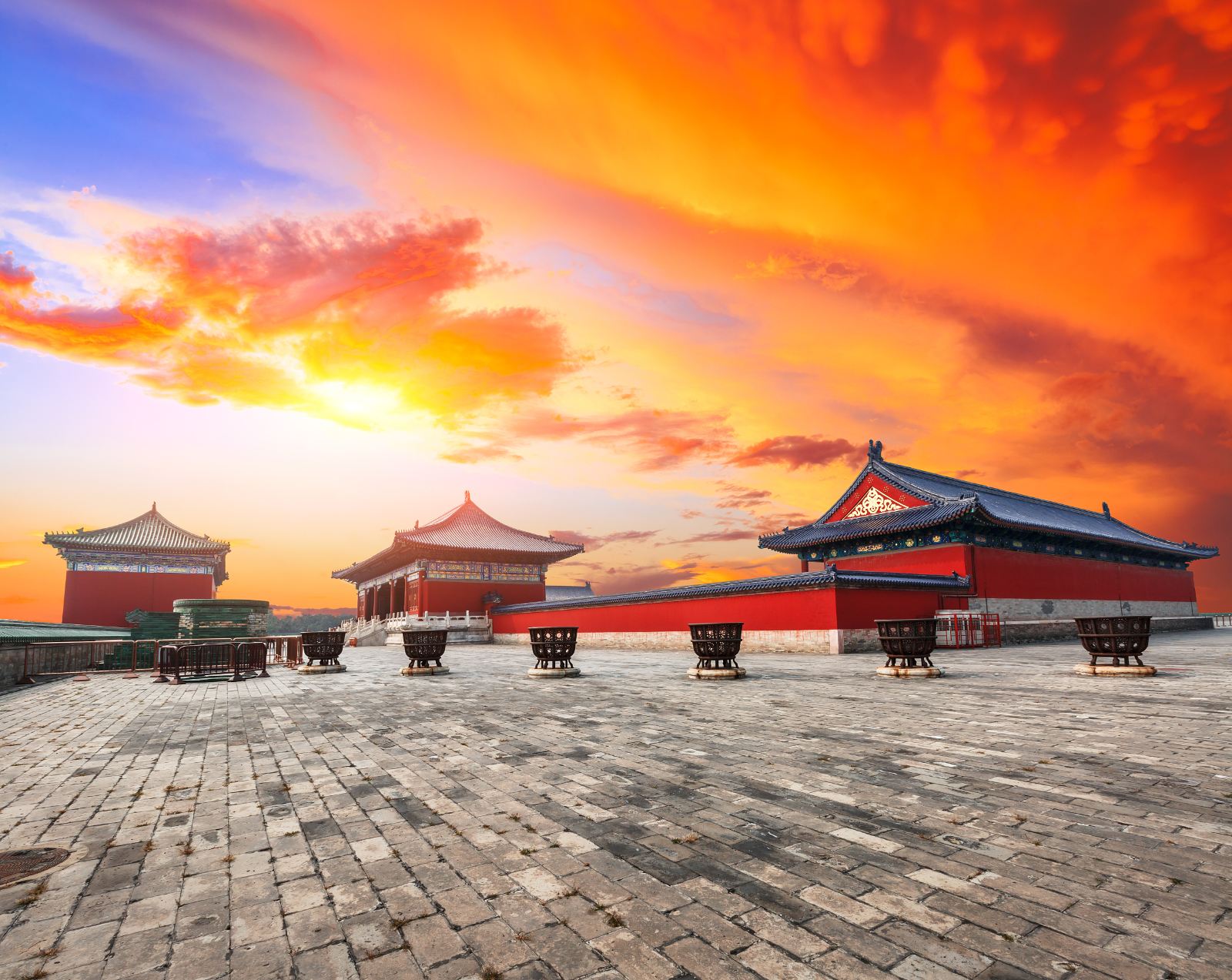
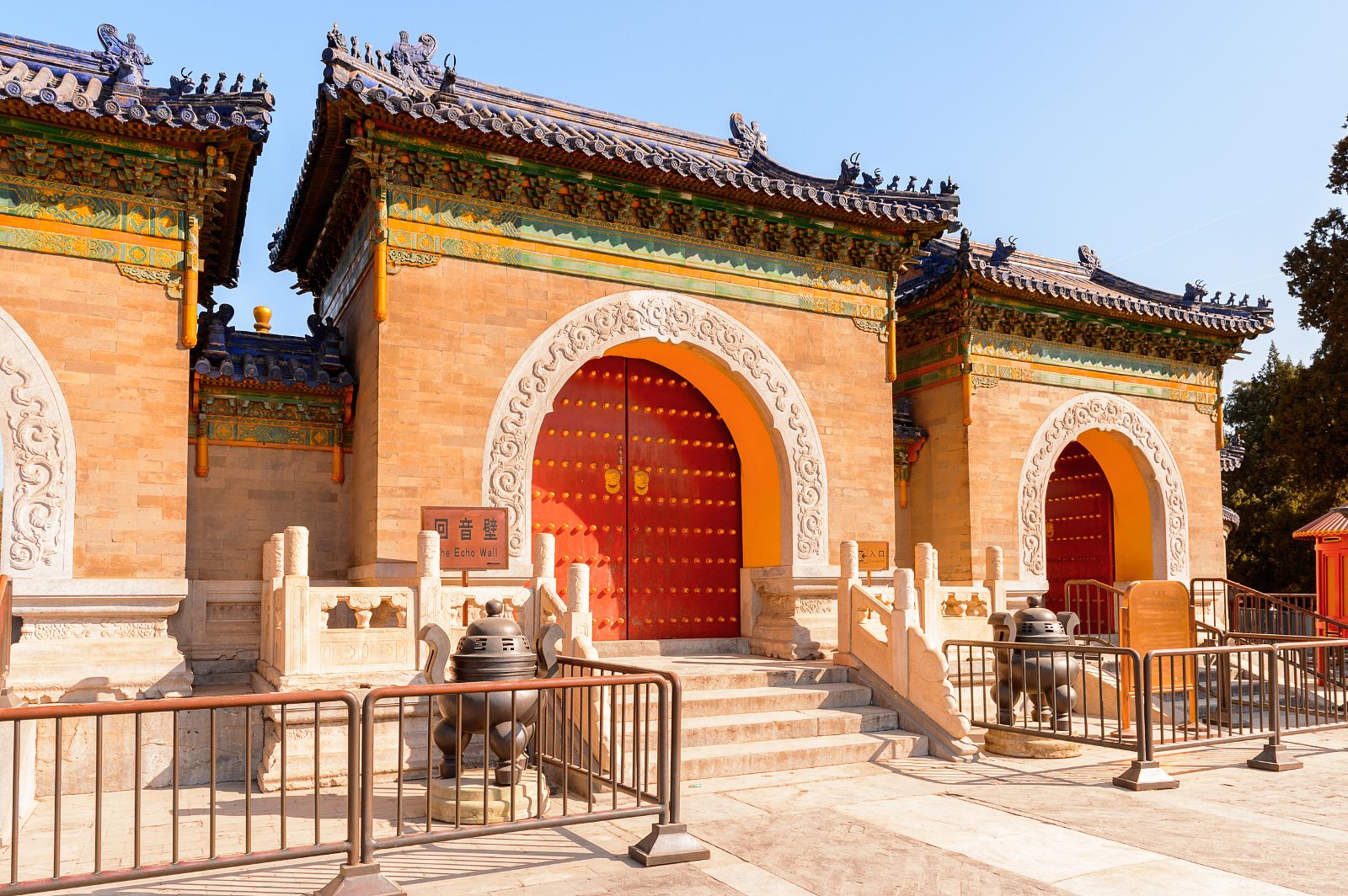
The Temple of Heaven is a famous ancient building complex in China, which was used exclusively by emperors of the Ming and Qing dynasties to sacrifice to Heaven, pray for rain and bountiful harvests.The altar is round in the north and square in the south, symbolizing “heaven is round and the earth is square”. The entire Temple of Heaven is divided into two parts: the inner altar and the outer altar. Familiar buildings such as the Hall of Prayer for Good Harvests and the Echo Wall are located in the inner altar.
Quick overview of the area
The inner altar is divided into northern and southern parts by the palace wall. The northern part is the “altar for praying for a good harvest”, where the emperor held the grand ceremony of praying for a good harvest in the spring to pray for good weather and a bumper harvest. The main buildings include the Hall of Prayer for Good Harvests, the Hall of the Emperor’s Dryness, the East and West Annex Halls, the Gate of Prayer for Good Harvests, the Imperial Kitchen, the Sacrifice Pavilion, the 72-Hall Corridor, etc.
The southern part is the “Altar of Heaven”, an open-air three-story circular stone altar where the emperor sacrifices to the sky on the winter solstice. The main buildings include the Altar of Heaven, the Hall of Supreme Harmony and Ancillary Hall, the Kitchen of the Gods, the Three Storage Chambers, and the Sacrifice Pavilion.
Connecting the two altars is a 360-meter-long, 28-meter-wide, 2.5-meter-high masonry platform called the “Sacred Way,” also known as the “Haiyun Avenue” or “Danbi Bridge, which symbolizes the long road to the heavenly palace
The ingenious design of the three-tone stone
When visiting the Temple of Heaven, in addition to admiring the exquisite architecture of the various halls and tracing the grand scenes of the ancient emperors sacrificing to heaven, the ingenious designs of the Echo Wall, the three-tone stone, and other wonders are also impressive and show the wisdom of the ancients.
The three stone slabs from north to south on the stone slab road in front of the Hall of Supreme Harmony and leading up to the main entrance are called the “Three Sound Stones”.With the doors and windows of the Hall of Supreme Harmony closed and with no obstacles nearby, if you stand on the first stone slab and clap your hands, you can hear one echo; if you clap on the second stone slab, you can hear two echoes; if you clap on the third stone slab, you can hear three echoes.
Learn about the culture of worshipping the sky
A simple visit may not give you a concrete idea of the ancient emperors’ sky worship rituals.It doesn’t matter. The Hall of Heavenly Rituals, located in the west wing of the Hall of Prayer for Good Harvests, provides a detailed introduction to the evolution of Chinese rituals for worshiping the heavens, with a focus on the rituals of the Qing Dynasty. It includes various ritual vessels for worshiping the heavens and the procedures for worshiping the heavens. Among these is the “Qing Emperor Qianlong’s Grand Procession in the Thirteenth Year” map, which shows the pomp and circumstance of the Chinese imperial court for the first time and is particularly spectacular and not to be missed.
The Hall of Music and Dance for Sacrificial Rites, located in the eastern annex of the Hall of Prayer for Good Harvests, provides a comprehensive introduction to the history, music and dance system, management institutions and the performance of music during the Great Ceremony for Praying for Harvests through the use of actual musical instruments from the Qing Dynasty, such as chimes and bells, as well as text and pictures, so that visitors can have a visual and comprehensive understanding of the music and dance for sacrificial rites.

Related posts


